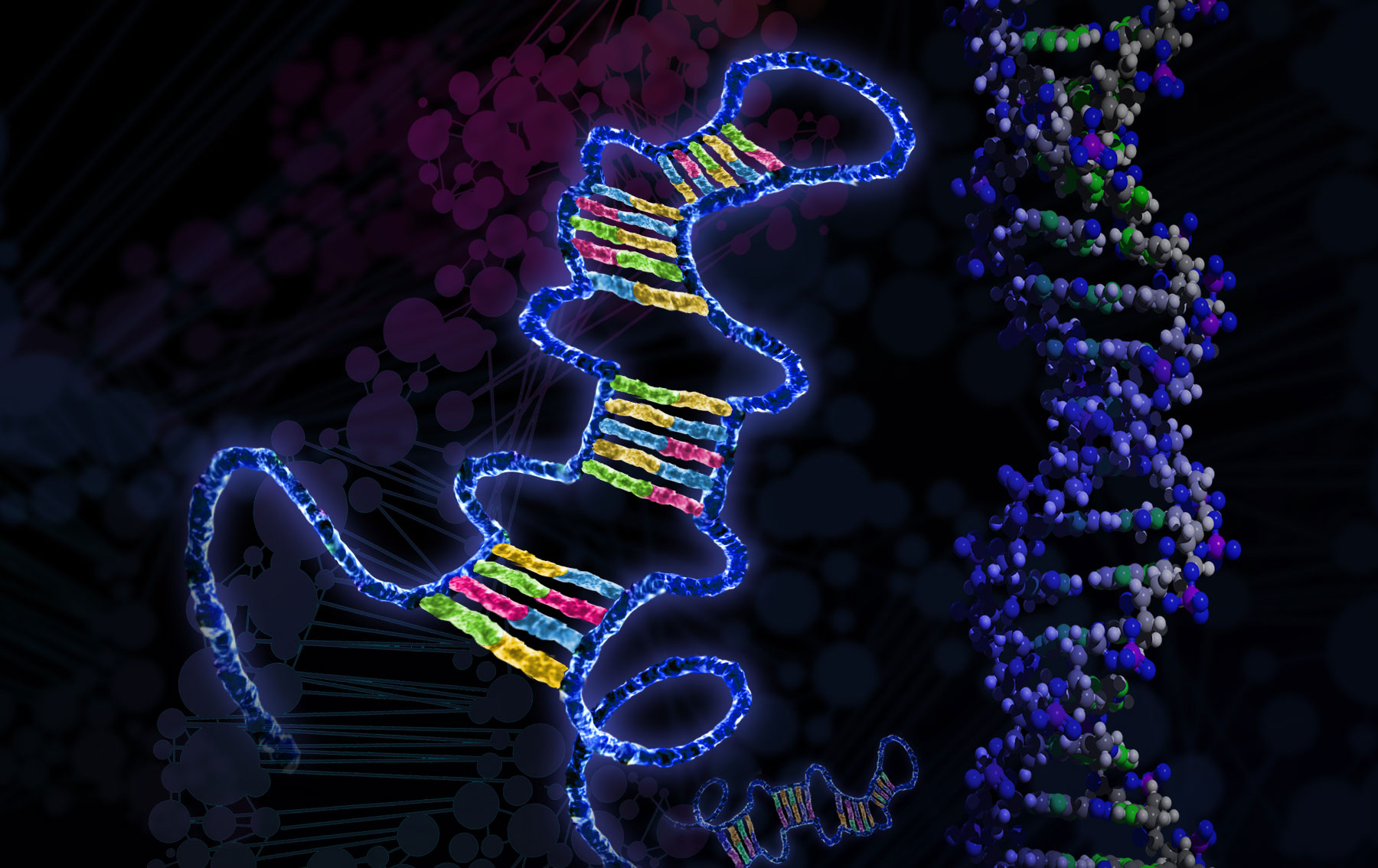Introduction to miRNAs:
MicroRNAs (miRNAs) are a fascinating class of small, single-stranded, non-coding RNAs consisting of 19–25 nucleotides. These tiny molecules play a significant role in modulating gene expression post-transcriptionally, thereby influencing various cellular processes.
Definition of miRNAs:
MiRNAs are crucial players in the intricate network of gene regulation within cells. Despite their small size, they have a big impact on the expression of genes.
Biogenesis Process:
The journey of miRNAs begins with their transcription from DNA, followed by a series of processing steps that ultimately lead to the formation of mature miRNAs ready to fulfil their gene-regulatory functions.
Key Features:
One of the striking features of miRNAs is their ability to target multiple mRNAs and affect the expression of numerous genes simultaneously. This multitasking capability highlights the significance of miRNAs in fine-tuning cellular activities.
miRNA Function and Mechanism:
The mechanism of miRNA action involves binding to mRNA molecules, where they interfere with protein synthesis and accelerate mRNA degradation, leading to a complex interplay of gene regulation within the cell.
Binding to mRNA:
MiRNAs recognize specific sequences within target mRNAs through base-pairing interactions, forming a silencing complex that hampers protein synthesis.
Repression of Translation:
By inhibiting the translation of mRNAs into proteins, miRNAs act as molecular brakes that regulate the flow of genetic information, allowing precise control over cellular processes.
mRNA Degradation:
In addition to translational repression, miRNAs can also trigger the degradation of mRNAs, ensuring a swift removal of specific transcripts from the cellular pool.
Role of miRNAs in Diseases:
Dysregulation of miRNA expression is a common hallmark of various human diseases, underscoring the pivotal role played by these molecules in pathological conditions.
Disease Pathogenesis:
Altered miRNA levels contribute to the initiation and progression of diseases by disrupting the normal gene expression patterns necessary for cellular homeostasis.
Diagnostic and Therapeutic Potential:
The unique signatures of dysregulated miRNAs offer promising avenues for their utilization as diagnostic biomarkers and therapeutic targets in disease management.
miRNAs and Signaling Pathways:
Cellular signaling pathways play a crucial role in maintaining cellular homeostasis and orchestrating cellular responses to external stimuli.
Importance of Signaling Pathways:
Signaling pathways act as communication channels within cells, relaying information that regulates various physiological processes essential for cell survival and function.
Therapeutic Implications:
Harnessing the regulatory potential of miRNAs to modulate specific signaling pathways presents exciting prospects for developing novel therapeutic strategies to combat various diseases.
Conclusion:
In conclusion, miRNAs emerge as key players in gene regulation and disease contexts, offering a nuanced understanding of cellular processes and pathophysiological mechanisms.
Ongoing Research and Future Prospects:
Continued research into the diverse functions of miRNAs and their implications in health and disease holds immense promise for unraveling new therapeutic targets and diagnostic tools.
Remember, curiosity is the key to unlocking the secrets of miRNA functions and their implications in gene regulation and disease pathways. Stay inquisitive, stay engaged, and keep exploring the fascinating world of miRNAs!




